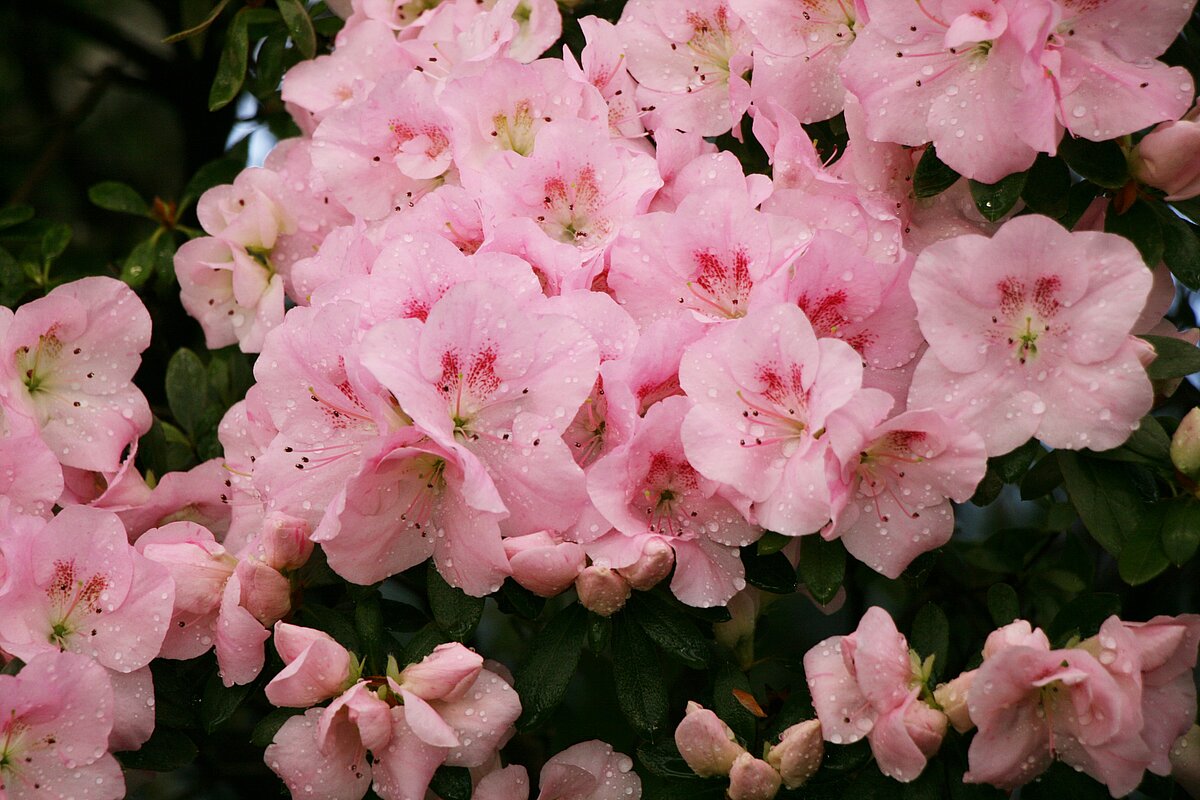
Azaleas are rhododendrons - mainly Rhododendron simsii and Rhododendron indicum. In nature, these rhododendrons grow in China, Japan and elsewhere in the Far East. Azaleas were first introduced to Europe in the 17th century, while azaleas began to be grown in Latvia in the early 20th century. In the mid-1930s, a collection of azaleas was also established in the Botanical Garden of the University of Latvia. The first seedlings for the collection were imported from Germany. Unfortunately, this collection of plants was destroyed during World War II. The current collection of the Botanical Garden of the University of Latvia was started in 1956 by Professor Rihards Kondratovičs (1932-2017). Kondratovičs was also involved in the selection of azaleas and wild rhododendrons. In total, during his lifetime, Kondratovičs has created 26 varieties of azaleas and 109 varieties of outdoor rhododendrons.
The collection of azaleas in the Botanical Garden of the University of Latvia had become the largest in Latvia already in the 1970s and it has remained this honor to this day. In the 70's, 45 different varieties grew in the collection. Today, the collection already has 130 cultivators. Both early, middle and late varieties are represented. The collection includes varieties from Belgium, Germany, Austria, the Netherlands, Ukraine, Latvia, etc. It is one of the largest collections in Europe. Azaleas are divided into early, medium-late and late varieties after flowering. Azaleas stand out among many other flowering plants with a long flowering time - under suitable conditions, one shrub can bloom for weeks. Azalea flowers are most often pink, but are also white and red, very rarely purple. The flowers can be of different sizes, variegated or monochromatic, with spots or dots. For most varieties, the flowers are odorless, but the collection of the Botanical Garden of the University of Latvia also contains fragrant varieties of azaleas.
Due to the restrictions in the country, the greenhouses of the Botanical Garden are closed to visitors until April 6, but the outdoor area of the garden is still open for walking. To give visitors at least a little sight of the azaleas, some flowering azalea pots are located in the lobby of the Palm House, where they can be seen through the window.

 CONFERENCE
CONFERENCE









